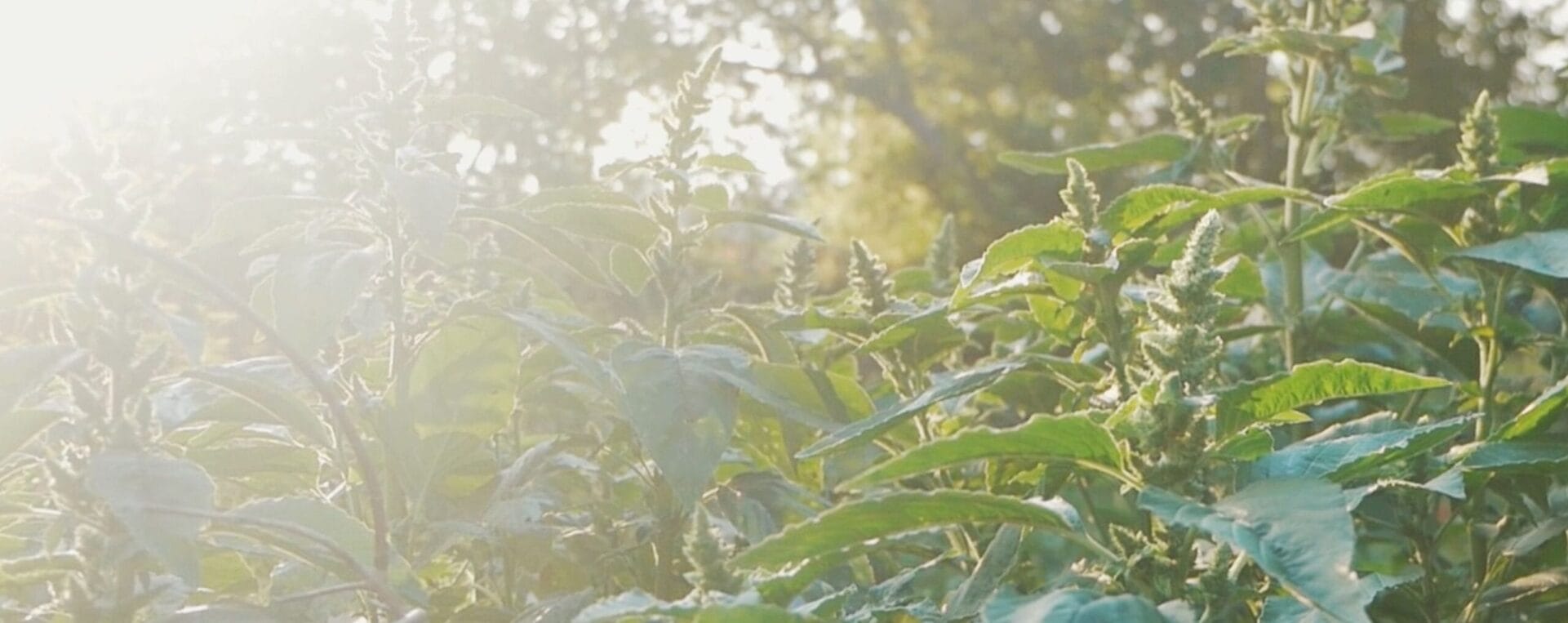Wildculturing In The Garden: The South Garden Story
Growing – Culinary – Wild Food – Medicine – History
An offering to re-awaken your connection with the land.
Taught by Steven Martyn, MA (Traditional Plant Use)
What’s Included:
In this series of 65 videos (over 3 hours of content), Steven Martyn of the Sacred Gardener, demonstrates and speaks about how to wildculture in the garden, in very practical hands-on terms. The course is arranged as one would experience it over the growing seasons; Early Spring, Spring, Early Summer, Late Summer, Fall and Late Fall.
The purchase of this course allows you lifetime access to the current content and all updates to the course material.
Live Online session, July 20, 2025
Some of the video content from The South Garden Story here is also contained in our online course Seeding a Beautiful future. The emphasis of this course is on working with the wild in the garden, the emphasis of Seeding a Beautiful future was on using the herbs medicinally. Please contact us if you have purchased Seeding a Beautiful Future, you will receive a discount code.
In The South Garden videos I explore an ancient Palaeolithic way of growing in diverse and abundant polyculture, that I call Wildculturing. In this regenerative way of dancing with the Earth I invite the wild into the garden as my partner. I host over 50 ‘wild’ self seeding annuals, biennials and perennials. These wild ones grow on their own, in with, and along side the domestic vegetables we all know and love. Month by month I’ll show you how to grow, harvest and prepare a multitude of wild and naturalized plants from the garden for food and medicine.
Some of these plants are indigenous to North America, but most are naturalized and have come in the wake of colonization, as it spread through Europe and then to the America’s. So most of these plants are throughout the northern hemisphere. Working with these colonial plants, to claim them and their gifts back, is truly the most de-colonizing action we can do. Rather than continually colonizing, seeking new horizons through other people’s exotic foods and herbs we are learning to become native to the place where we live. I choose to focus on this one of my nine gardens because it embodies the whole colonial legacy that we are all working with.
This garden has been continually used for over 150 years, from 15 years before I bought the land Wilfred Miller stopped horse logging and keeping animals due to an injury. They kept the front garden going with chemical fertilizers (and who know what else) during those years. The land that I inherited was sucked dry of minerals and organic matter, as well as having an impoverished soil from so many years of neglect and abuse. So this south garden’s story, like most of ours, starts from here.
Because this place of loss and ignorance is where we’re at as a culture, nothing to be more fitting to learn about how to work with that and turned all that around into a rich healing and nurturing place.
The wildculturing methods shown in the south garden series are for growing edible and medicinal herbs in along with the productive garden annuals that we love. The methods for harvesting and processing would also apply to wildcrafting.
Who am I to be teaching Wildculturing?

WHO THIS COURSE IS FOR
- Anyone from 8-80 years old, any race, any gender, any physical ability
- Anyone who is interested in wild plants as food and medicine
- Anyone who has access to unplowed wild areas, meadows, transitional forest areas, for wildcrafting plants that are thoroughly covered in these videos.
- Anyone who has access to a bit of wild abandoned space they can watch over and care care for, to practice co-creative agriculture, to wildculture. You don’t have to own the land, it will still look untouched and wild to most people when you’re done.
- Anyone seeking sovereignty from the corporate oligarchy that controls and distributes our food and medicine
- Anyone who wants to improve their health through consuming local food and herbs
- Anyone wishing to feel and be more connected to the Earth and to help Her
- Anyone wishing to be more connected with our ancestors, and their ways of doing and thinking
WHO THIS COURSE IS NOT FOR
- If you are perfectly happy with how you get your food and medicine and the condition of the planet this course is not for you.
WHAT’S INCLUDED:
The knowledge that will be passed on to you through video, writing and recordings from live sessions, drawn from Steven’s 40 years of experience foraging, growing and using herbs.
These will include teachings about collecting seed; seeding; sprouting; growing; tending; harvesting; processing and storing; and how to prepare and use these 20 plants for food and medicine. The plant list is below. In this series of 60+ short videos and written PDF’s Steven Martyn, of the Sacred Gardener, demonstrates and speaks about how to wildculture in the garden, in very practical “hands on” terms. The course is arranged as one would experience it over the growing season, Early Spring, Spring, Summer, Late Summer and Fall.
TO Register:
-
 Wildculturing: The South Garden StoryCAD $120.00
Wildculturing: The South Garden StoryCAD $120.00



